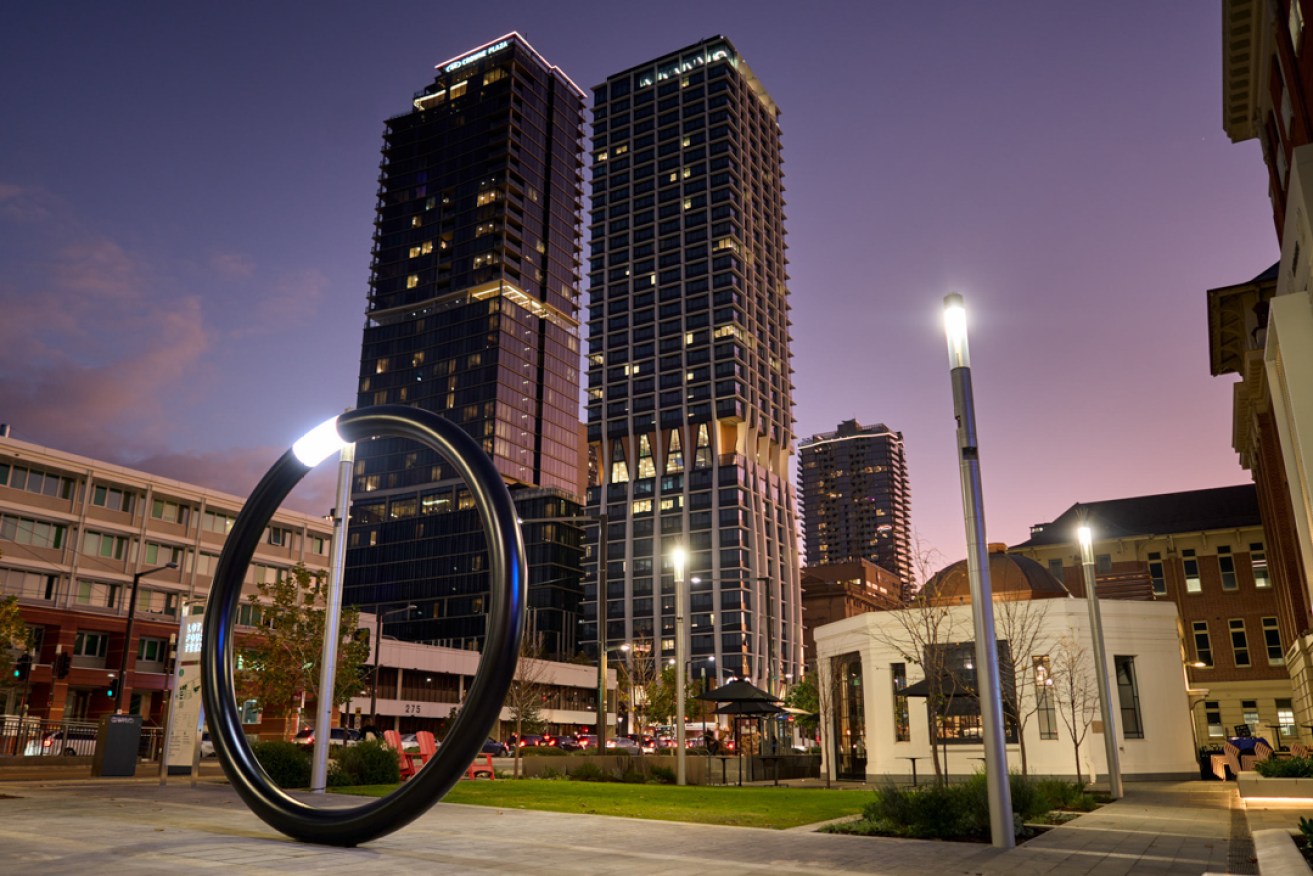Lot Fourteen-based research centre lands $6 million for green iron and steel research
The potential of green steel production will be under the microscope of an Adelaide-based cooperative research centre, which has secured $6.2 million in funding to accelerate innovation in the value-added product.


The Heavy Industry Low Carbon Transition Cooperative Research Centre (HILT CRC) has secured the Australian Renewable Energy Agency (ARENA) funding that will accelerate research into low-emission iron and steel production.
HILT CRC said the organisation’s focus would be on developing technology and processes to overcome challenges in using low-grade Pilbara iron ores in ironmaking, and avoiding more carbon-intensive blast furnaces in steel production.
The funding covers two projects related to green iron and steel, including a HILT CRC-led project investigating the use of reagents to upgrade iron ore facilitated by $1.4 million of ARENA funds.
That research is also supported by funding from the Minerals Institute of Western Australia ($0.5 million) and Curtin University ($0.5 million), alongside $3.3 million of HILT CRC’s own money.
The second is a $13.7 million project – backed by $4.8 million of ARENA’s money – led by the Australian National University leveraging HILT’s research. It will investigate end-to-end processes for producing green steel from Pilbara iron ore.
The CRC said direct reduced ironmaking using Australian iron ore could “provide several advantages but has historically encountered adverse technical issues which this research is addressing”.
Speaking to InDaily, HILT CRC CEO Jenny Selway said the organisation’s research was “novel”, and that green steel and iron was a “huge opportunity” for Australia.
“It’s one way to embed hydrogen in our exported products, compared to just exporting hydrogen itself,” she said.
“Because we export so much iron ore – Australia contributes almost 40 per cent of the world’s global iron ore supply – the carbon emissions associated with that iron ore are significant.
“There’s an opportunity both economically to move further down the value chain, but also a huge opportunity for global decarbonisation as well.”
The funding comes as major companies including Rio Tinto, BHP and BlueScope have commenced investigating the potential of green iron.
Announced earlier this year, the three companies have partnered to investigate the development of Australia’s first ironmaking electric smelting furnace (ESF) pilot plant.
The agreement will draw upon BHP and Rio Tinto’s iron ore from Western Australia’s Pilbara region and BlueScope’s technical experience in manufacturing.
The companies will endeavour to demonstrate that the production of molten iron from Pilbara ores is possible when using renewable energy combined with direct reduced iron (DRI) process technology.
Speaking to InDaily in February, Energy and Mining Minister Tom Koutsantonis said he was keen on becoming part of that supply chain being investigated by the three major companies.
“South Australian magnetite iron ore is of a much higher quality than Pilbara hematite, meaning our resource doesn’t need this extra step in the refining process. However, iron from WA’s Pilbara province will always have an important role in supplying the world with iron,” he said.
“SA is an ideal location for such a trial – we have a unique combination of natural resources, renewable energy and a skilled workforce – as well as the geographical space necessary to accommodate such a pilot plant at scale.”
South Australia’s regions are also investigating the role they might play in a green iron and steel economy. At Port Pirie, the local council is evaluating the potential of making the region a green iron production hub, with Magnetite Mines.
The pair entered into a memorandum of understanding in February, citing the global steel decarbonisation trend, with the council hoping the area will become a “green iron” hub.
The council said Port Pirie was a “natural fit for downstream processing of the abundant magnetite resources of the Braemar iron province”, near Magnetite’s Razorback Iron Ore project.




